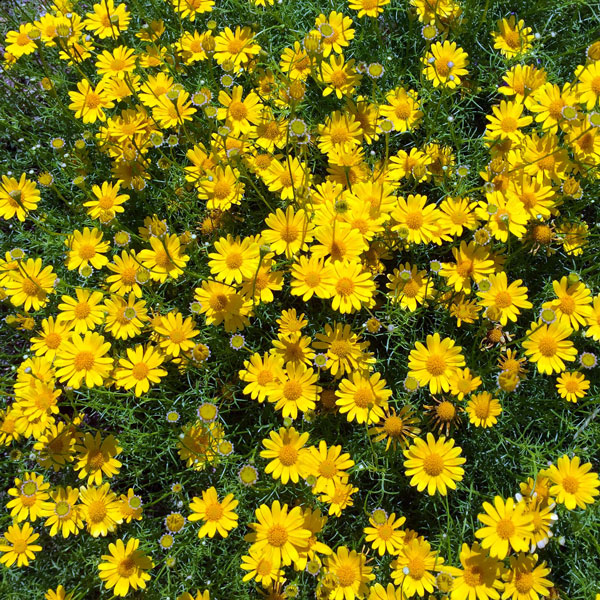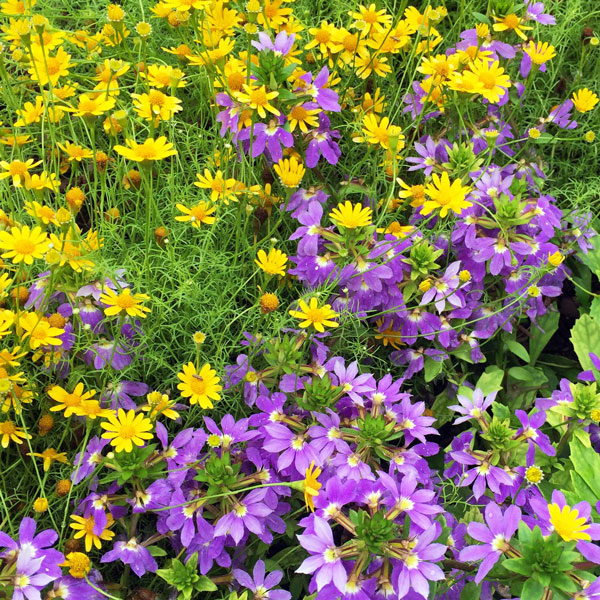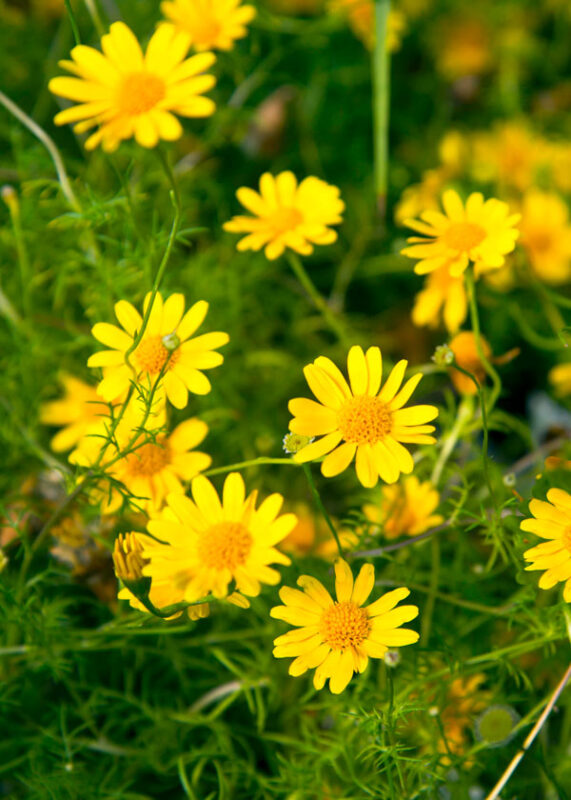Pretty little daisy

I’ve been writing garden columns for Texans since 1970. All that time I’ve been starved for good photos, and that’s what took me to the open house field day at George Park Seed Company in Greenwood, South Carolina back in the 1970s. It only stood to reason, since I’d worn out each of their catalogs since I’d been a kid 20 years earlier.
They had wonderful display gardens set up, and there among the petunias, impatiens, marigold, zinnias, and scores of other common annuals, I saw this little golden daisy blooming abundantly. I’d never seen Dahlberg daisy before, so I took careful note.
I came back to Texas, and I did my homework. I’ve grown it several times, and I’ve seen it several more, but it’s far from a commonplace flower. Look through its bio. It might be one you’d want to consider next time around.

What you’ll want to know…
Common name: Dahlberg daisy, but also has the common names “Golden fleece” and one of the all-time great ones: “Bristleleaf pricklyleaf” according to North Carolina State University. (It is neither.)
Scientific name: Thymophylla tenuiloba
Plant Family: Asteraceae
Native home: Texas and Mexico.
Height and width: 8-12 in. tall x 8-12 in. wide.
Flowers: Daisy-like heads smaller than 1 in. in diameter, bright yellow. In bloom continuously spring until frost.
Foliage: Medium-green, very fine-textured. Leaves are fragrant when crushed or brushed against.
Best uses in landscape: Bed edging, containers, hanging baskets, massed.
Preferred exposure: Sun. Tolerant of shade in mid-afternoon in summer.
Preferred soil type: Sandy clay loam with generous amount of organic matter. Needs good drainage.
Preferred temperatures: 60F and warmer. Tolerant of summer conditions.
Known pest problems: None.
Fertilizer needs: Water-soluble, high-nitrogen food every couple of weeks during growing season.

